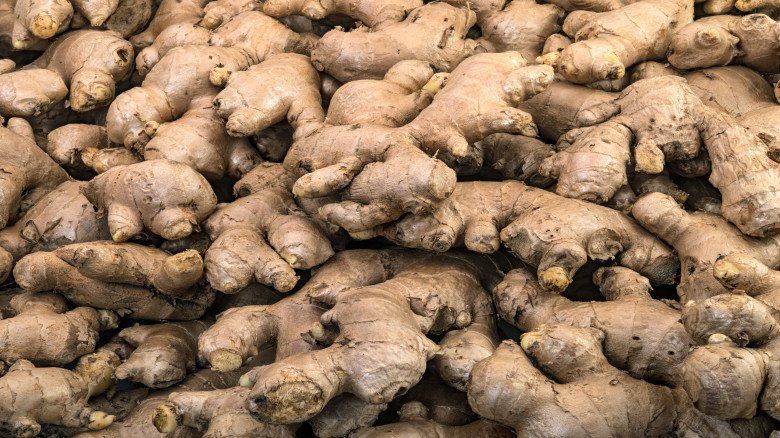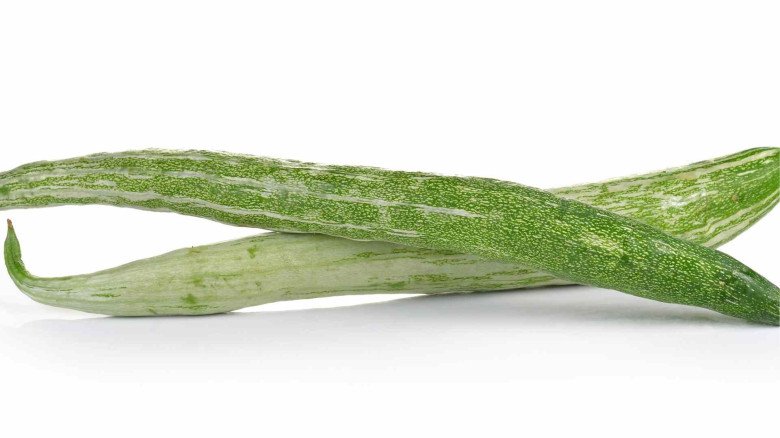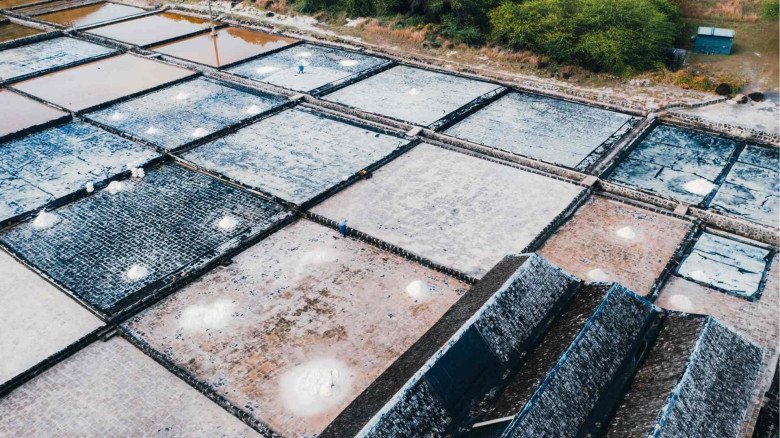How to Start Growing Pineapples | A Beginner’s Guide
Selecting the appropriate species, maintaining soil quality, and controlling pests are just a few of the crucial elements in pineapple farming. Starting with the selection and setup of the planting location, the procedure may be divided into phases. Pineapples need well-drained, sandy soil that ranges in pH from slightly acidic to neutral in order to grow properly in tropical climes.
How Do I Get the Crowns Ready?
For pineapple growing to be successful, selecting the appropriate variety is essential. MD-2, Smooth Cayenne, and Queen Victoria are common kinds. When choosing a variety, take climate, soil type, and planned usage (processing or fresh consumption) into account. Usually, the crowns of ripe fruits are used to propagate pineapples. To minimise the possibility of rot, crowns have to be given a day to dry before being planted. In order to give the best growth conditions, planting is often done in the warmer months. To promote effective air circulation and ease weed management, rows should be spaced widely apart.
Setting Up the Soil For the production of pineapples, well-drained soil is necessary. Waterlogging may result in root rot and is avoided by adequate drainage. The fertility and water-retention capacity of the soil are enhanced by the addition of organic matter. A healthy pineapple plant starts with properly prepared soil.Pineapples need constant hydration, particularly in the summer. But in order to avoid root problems, avoid overwatering. Water is commonly applied to plant bases by drip irrigation systems, which reduces water contact with leaves. For pineapple growth, it is important to apply a balanced fertiliser that contains potassium, phosphorus, and nitrogen. The amount of fertiliser needed depends on the stage of development. It is important to use a balanced approach since an overabundance of nitrogen may cause excessive development of foliage at the price of fruit yield.
Tips for taking Care of Plants
Pineapples and weeds fight for water and nutrients. To keep weed growth under control, manual weeding or the use of pesticides are standard practices. Mulching helps retain soil moisture and inhibit the development of weeds around plants.
Aphids, mites, and mealybugs are common pests that harm pineapple harvests. Biological controls and insecticides, together with routine inspection, may help control pest infestations. Because pineapples may get illnesses like Fusarium wilt and heart rot, it's critical to cultivate healthy pineapple types and adhere to sound cultural practices.Fruit development is not possible without cultural techniques like as suckering and thinning. In order to direct nutrients towards the primary fruit, thinning entails eliminating extra branches. Suckering, or cutting off lateral branches, aids in resource concentration for higher-quality fruit.
Accumulate and Provision
Depending on the species and growth circumstances, pineapples may be harvested anywhere from 15 to 24 months after planting. The quality of fruit may be affected by early or late harvesting. The fruit of the pineapple plant is often trimmed off by hand. To maintain the quality of pineapples, proper post-harvest management is essential. Important stages include cleaning, grading, and packing. Longer shelf life may be achieved by using cold storage. In order for commercial growers to deliver pineapples to market as soon as possible, they must build a dependable supply network.
In summary, careful consideration of a number of aspects is necessary for effective pineapple growing, from choosing the appropriate type to putting in place appropriate cultural practices. Growers of pineapples may have a plentiful crop of this tropical fruit if they provide the proper care.
-logo.webp.png)
.jpg)
-logo.webp.png)

































Leave A Comment